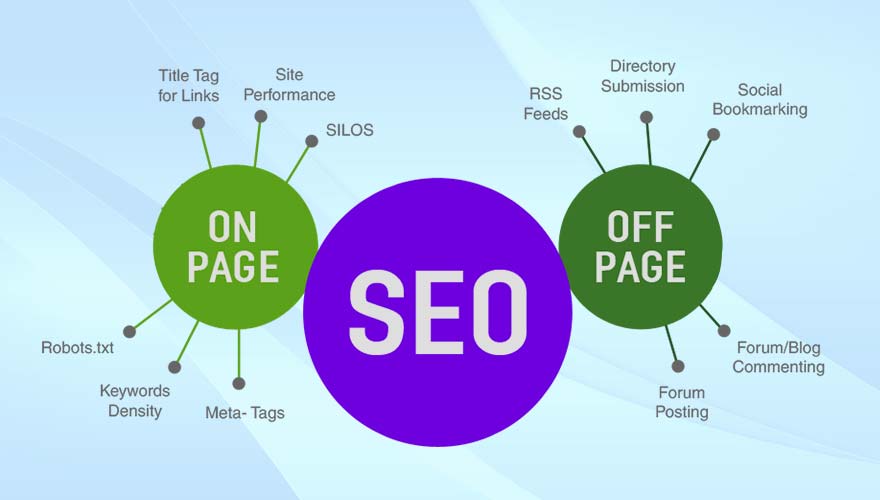Display Advertising and Remarketing: 5 Ways Brands Can Drive Smarter Conversions in 2025

Strong 8k brings an ultra-HD IPTV experience to your living room and your pocket.
In 2025, where users are exposed to an estimated 6,000 to 10,000 ads daily, it’s no longer enough for your message to simply be seen—it has to stick. That’s where display advertising and remarketing come in. These strategies are among the most powerful in the digital marketer’s toolkit, giving brands a fighting chance in an age of short attention spans and high competition.
Despite the ongoing evolution in technology, consumer behavior, and privacy standards, display advertising and remarketing are far from outdated. In fact, they're becoming more sophisticated and effective with each passing quarter. Whether you’re trying to boost conversions, drive traffic, or re-engage lost prospects, these strategies can help you do it with precision and scale.
Let’s dive into the world of modern display advertising and remarketing—what’s new, what’s working, and how you can take advantage of it right now.
Understanding Display Advertising
Display advertising refers to visually engaging ads shown on websites, mobile apps, and social media platforms. These ads usually include banners, video clips, interactive media, or native elements that appear across the web via networks like Google Display Network or Meta Audience Network. Unlike search ads, which respond to specific queries, display ads serve the purpose of generating demand and increasing brand awareness. They capture the attention of users who may not yet be actively searching for a product or service but fit within a target demographic or behavioral profile.
This method of advertising plays a crucial role in initiating brand discovery and positioning. It's often the first touchpoint in the customer journey, especially in sectors where the buying cycle is long or requires multiple interactions before a decision is made.
What Remarketing Really Means
Remarketing, sometimes referred to as retargeting, allows businesses to show ads to users who have previously visited their website or engaged with their brand. The objective is to bring those users back and nudge them toward taking an action—such as completing a purchase or signing up for a service. It’s a highly effective way of reconnecting with prospects who showed initial interest but didn’t convert on their first visit.
Remarketing can be executed using pixel-based tracking, which involves adding a small piece of code to your website. This code places a cookie in the visitor's browser, enabling you to serve relevant ads to them as they browse other sites. Alternatively, list-based remarketing uses customer data such as email addresses, allowing platforms to match those identities and display tailored ads.
This strategic approach transforms passive interest into meaningful engagement. Remarketing ads are not only more relevant but also benefit from familiarity, which builds trust and accelerates decision-making.
Why Display Advertising and Remarketing Still Matter in 2025
In an age where digital fatigue is real and privacy regulations are tightening, some marketers question whether display and remarketing still deliver value. The answer is a resounding yes. These tactics continue to prove their worth, particularly when they are data-driven, audience-focused, and creatively executed.
One major advantage of display advertising is its ability to support multi-touchpoint attribution. It often takes multiple interactions before a consumer feels ready to make a purchase. Display ads help fill those gaps in the customer journey by keeping your brand visible and relevant. They also enhance brand recall significantly. Research shows that customers who are retargeted are up to 70% more likely to convert compared to those who are not.
Another reason these strategies remain relevant is the rise of artificial intelligence and machine learning. AI now powers many ad platforms, enabling better audience segmentation, smarter bidding, and dynamic creative optimization. As a result, display and remarketing campaigns are more personalized and timely than ever before.
How Display Advertising Has Evolved
In recent years, display advertising has undergone a significant transformation. Programmatic advertising has taken center stage, replacing manual media buying with automated, real-time bidding. This shift allows advertisers to reach the right users at the right time, improving performance and reducing waste.
At the same time, privacy-centric changes are reshaping how marketers target users. With third-party cookies on their way out, contextual targeting, server-side tagging, and first-party data collection are becoming essential. Advertisers now need to build trust and offer value in exchange for user data, making transparency and compliance more important than ever.
Ad formats have also matured. Rich media, interactive content, and immersive ad units such as augmented reality and vertical videos are becoming the norm. These formats not only capture attention but also drive deeper engagement, especially on mobile devices, which account for more than 70% of display impressions.
Creating a High-Performance Display Campaign
Running a successful display campaign begins with clearly defining your goals. Whether you aim to increase brand awareness, drive traffic, or generate leads, your objectives should dictate the ad creatives, platforms, and metrics you use to evaluate performance.
Audience targeting is the foundation of an effective campaign. Rather than casting a wide net, smart marketers build custom audiences based on demographics, behavior, interests, and even psychographics. Using platforms like Google Ads and Meta, you can create highly granular audience segments for precise targeting.
Creative variation is another essential element. Display ads should be tested continuously using different combinations of headlines, visuals, calls to action, and formats. A/B testing helps identify which elements resonate most with your audience, allowing you to scale winning creatives while phasing out underperforming ones.
It's also critical to optimize for mobile. Since most impressions now occur on smartphones and tablets, your ads should be responsive, fast-loading, and designed to fit vertically oriented screens. Failing to do so can drastically reduce engagement rates.
Frequency capping should not be overlooked. Serving the same ad repeatedly can lead to banner blindness or annoyance. Limiting the number of times an individual user sees your ad ensures better user experience and more efficient budget use.
Best Practices in Remarketing
Effective remarketing starts with smart audience segmentation. Group users based on their interactions—such as visiting a specific product page, watching a video, or abandoning a shopping cart. Each segment should receive a different message, tailored to their stage in the decision-making process.
Timing is everything in remarketing. Campaigns targeting recent site visitors should be set up with shorter duration windows to capitalize on fresh interest. For high-consideration purchases, longer remarketing windows may be appropriate, as the decision cycle takes more time.
Dynamic remarketing takes personalization a step further by showing users ads for the exact products or services they viewed. This method significantly improves click-through and conversion rates by delivering hyper-relevant content that reflects previous browsing behavior.
It's also important to set up exclusions. Avoid retargeting users who have already converted or taken the desired action. Not only does this save ad spend, but it also shows customers that your brand respects their time and decisions.
Common Mistakes to Avoid
Even seasoned marketers make errors in their display and remarketing strategies. One of the most frequent is neglecting to update ad creatives, which leads to creative fatigue and reduced effectiveness. Another mistake is over-targeting, where users are shown the same ad too many times, creating irritation rather than interest.
Landing page mismatches are another common pitfall. An ad promising one thing but leading to a generic or irrelevant page disrupts the user journey and kills conversions. The message and design of your landing page should align perfectly with the ad to maintain continuity and trust.
Finally, not measuring performance beyond surface-level metrics is a costly oversight. Metrics like click-through rate only tell part of the story. It’s crucial to track return on ad spend, assisted conversions, and view-through conversions to get a full picture of campaign impact.
The Future of Display Advertising and Remarketing
Looking ahead, expect to see continued innovation. Identity-based marketing will replace cookie-driven targeting as brands build their own data ecosystems. Remarketing strategies will become smarter with AI predicting user intent even more accurately. Integration between voice search and display ads may soon offer new cross-channel opportunities, while connected TV and streaming platforms will expand remarketing capabilities beyond browsers and into living rooms.
Brands that invest in user-centric, privacy-compliant strategies will not only survive these changes—they’ll thrive. Whether you’re a small business owner or enrolled in an online digital marketing course, mastering these tools now will future-proof your campaigns.
Final Thoughts
Display advertising and remarketing are no longer just add-ons to a marketing strategy. They are central components of a high-performance funnel, helping brands build awareness, nurture interest, and drive conversions with consistency and relevance. They thrive on data, creativity, and timing—three elements that, when executed well, can transform digital interactions into meaningful outcomes.
As the digital landscape continues to evolve, staying informed and agile is key. Whether you’re experimenting for the first time or scaling up existing campaigns, remember that success in this space isn’t just about more impressions—it’s about the right impressions, made at the right moment, with the right message.
Note: IndiBlogHub features both user-submitted and editorial content. We do not verify third-party contributions. Read our Disclaimer and Privacy Policyfor details.



